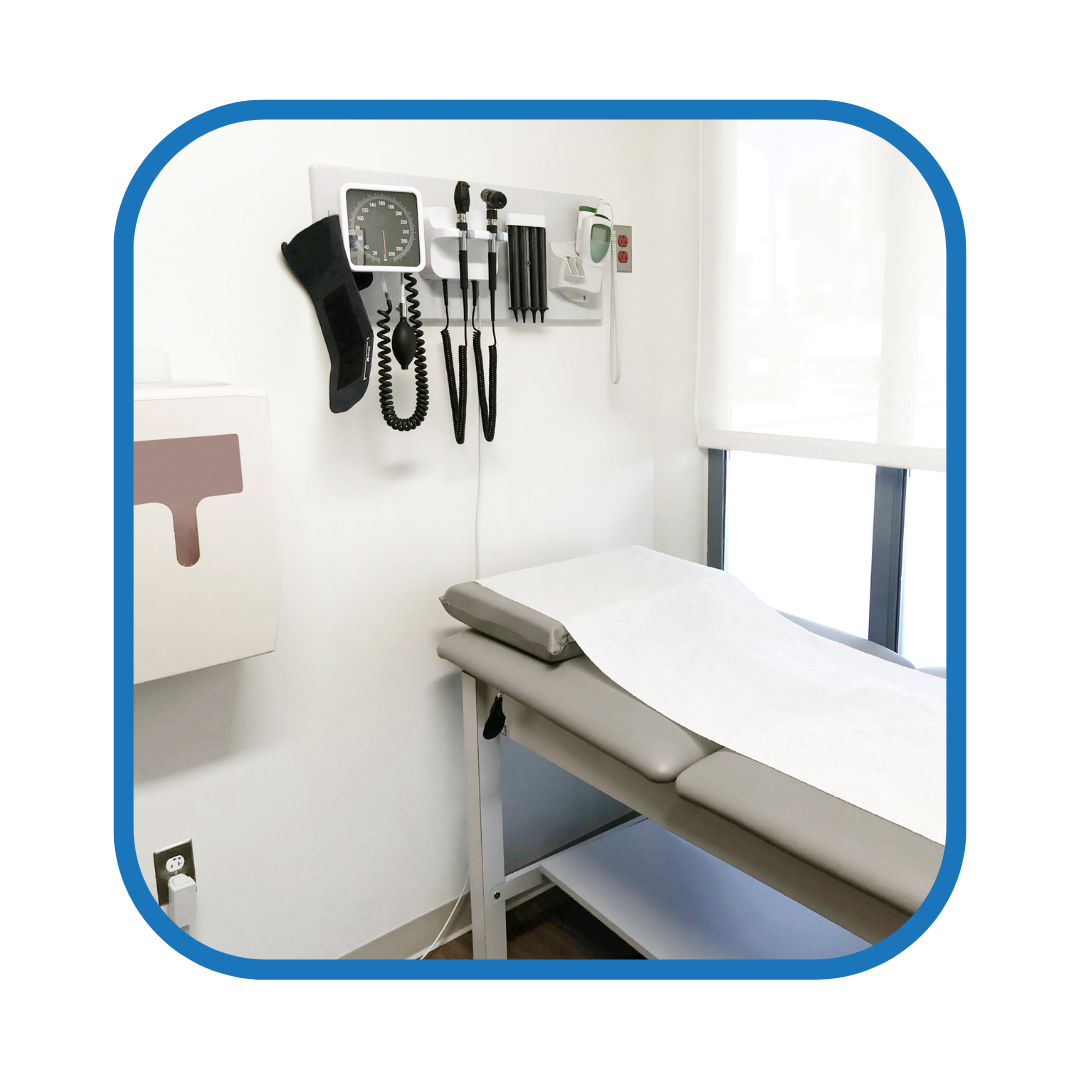Pulmonary Function Test

A pulmonary function test (PFT) is a group of tests that measures breathing and how well the lungs work. These tests can be used to screen for diseases that affect lung volumes but can also screen for diseases that affect the airways like asthma or COPD.
There are two methods that can be done for a PFT: spirometry and plethysmography. Healthcare providers can use these two methods together, depending on what information they are trying to gather.
Spirometry measures how much air can be breathed into the lungs and how much air can be exhaled quickly. Plethysmography, on the other hand, measures how much air is present in the lungs after taking a deep breath, and how much is left after exhaling as much as possible.
Results of a PFT will present measurements for:
PFT measures:
- Tidal volume (VT). The amount of each breath inhaled or exhaled during normal breathing.
- Minute volume (MV). The total amount of air exhaled per minute.
- Vital capacity (VC). The greatest volume of air that can be exhaled after inhaling as much as you can.
- Functional residual capacity (FRC). The amount of air left in lungs after exhaling normally.
- Residual volume. The amount of air left in the lungs after exhaling as much as possible.
- Total lung capacity. The total volume of the lungs when filled with as much air as possible.
- Forced vital capacity (FVC). The amount of air exhaled forcefully and quickly after inhaling as much as possible.


